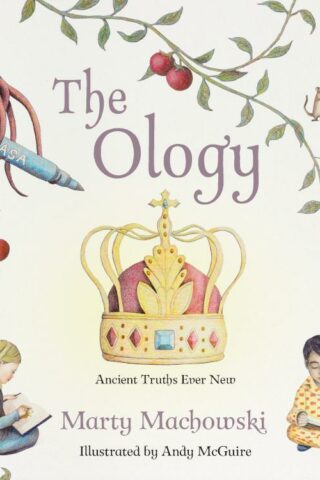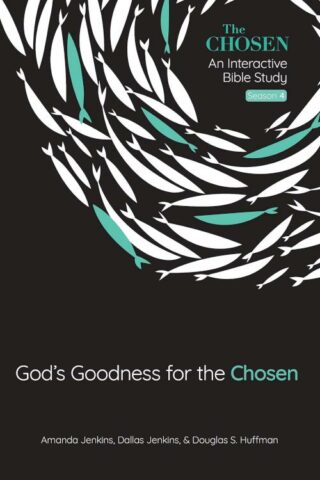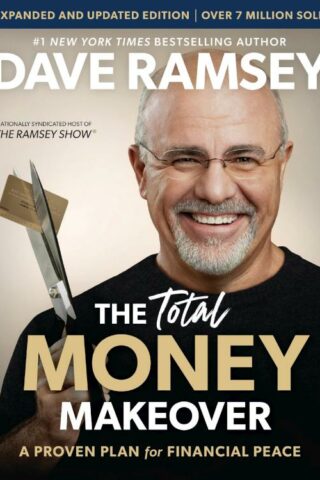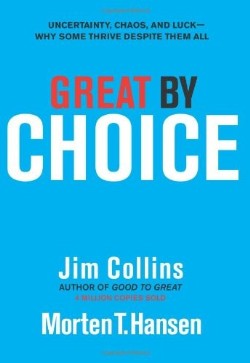Starfish And The Spirit
$19.99
Leveraging the metaphor Ori popularized in his NYT best-selling book, The Starfish and the Spider, Ori Brafman shows why the distributed structures of starfish organizations are uniquely fit to the church. They can function without a rigid central authority, and their regenerative abilities make them nimbler in reacting to external forces. Seeding starfish networks inside todays churches will prepare the church of tomorrow to be agile while still maintaining the necessary accountability to be effective.
Rather than advocating the adoption of a starfish structure in place of the hierarchy of the spider, Brafman, along with pastors Lance Ford and Rob Wegner, emphasize the advantages of adapting the structure and order inherent in a spider organization toward a hybrid model–either a Spiderfish approach (leaning toward centralization) or a Starder approach (leaning toward decentralization).
The Starfish and the Spirit is about creating a culture where church leaders view themselves as curators of a community on mission, not the source of certainty for every question and project. It is about creating a team of humble leaders “in the middle” of the church, not at the top–leaders who naturally reproduce multiple generations of leaders, from the middle out on mission. Imagine a church led by a team whose gifts and talents are completely unleashed, enabling everyone to show up and step up with all they really are. The joy and vigor coming from the collective strength, intelligence, and skill in the community of leaders not only brings greater potency but better yields for your ministry as well. What would it be like to see this kind of healthy leadership reproduced into the second, third, and fourth generation, on multiple strands?
in stock within 3-5 days of online purchase
SKU (ISBN): 9780310098379
ISBN10: 0310098378
Lance Ford | Rob Wegner | Alan Hirsch
Binding: Cloth Text
Published: March 2021
Publisher: Zondervan
Related products
-
Great By Choice
$29.99The new question
Ten years after the worldwide bestseller Good to Great, Jim Collins returns with another groundbreaking work, this time to ask: Why do some companies thrive in uncertainty, even chaos, and others do not? Based on nine years of research, buttressed by rigorous analysis and infused with engaging stories, Collins and his colleague, Morten Hansen, enumerate the principles for building a truly great enterprise in unpredictable, tumultuous, and fast-moving times.The new study
Great by Choice distinguishes itself from Collins’s prior work by its focus not just on performance, but also on the type of unstable environments faced by leaders today.With a team of more than twenty researchers, Collins and Hansen studied companies that rose to greatness-beating their industry indexes by a minimum of ten times over fifteen years-in environments characterized by big forces and rapid shifts that leaders could not predict or control. The research team then contrasted these “10X companies” to a carefully selected set of comparison companies that failed to achieve greatness in similarly extreme environments.
The new findings
The study results were full of provocative surprises. Such as:The best leaders were not more risk taking, more visionary, and more creative than the comparisons; they were more disciplined, more empirical, and more paranoid.
Innovation by itself turns out not to be the trump card in a chaotic and uncertain world; more important is the ability to scale innovation, to blend creativity with discipline.
Following the belief that leading in a “fast world” always requires “fast decisions” and “fast action” is a good way to get killed.
The great companies changed less in reaction to a radically changing world than the comparison companies.
The authors challenge conventional wisdom with thought-provoking, sticky, and supremely practical concepts. They include: 10Xers; the 20 Mile March; Fire Bullets, Then Cannonballs; Leading above the Death Line; Zoom Out, Then Zoom In; and the SMaC Recipe.Finally, in the last chapter, Collins and Hansen present their most provocative and original analysis: defining, quantifying, and studying the role of luck. The great companies and the leaders who built them were not luckier than the comparisons, but they did get a higher Return on Luck.
This book is classic Collins: contrarian, data-driven, and uplifting. He and Hansen show convincingly that, even in a chaotic and uncer
Add to cart1 in stock
-
Drawing Pad : Available From Anchor
$4.99Games and Toys
Additional Info
This generously sized drawing pad provides a clean sheet for every creative whim. Premium white bond paper is ideal for pencils, crayons, markers, chalk, watercolor or poster paints.Add to cartin stock within 3-5 days of online purchase
-
Fire Cat
$3.99Pickles is a young cat with big paws and big plans. But all he can find to do is chase other cats, until he is adopted by the local firehouse.
Knowing that this is his chance to do big things, Pickles works hard to be a good fire cat. He learns to jump on a fire truck. He learns to help put out a fire, and he even helps out in a rescue!
Beginning readers will cheer when Pickle’s dream finally comes true.
Add to cart1 in stock
-
Goodnight Moon (Anniversary)
$18.99SKU (ISBN): 9780060775858ISBN10: 0060775858Margaret Brown | Illustrator: Clement HurdBinding: BoardsPublished: September 2005Publisher: Harper Collins Publishers
Add to cart2 in stock












Reviews
There are no reviews yet.